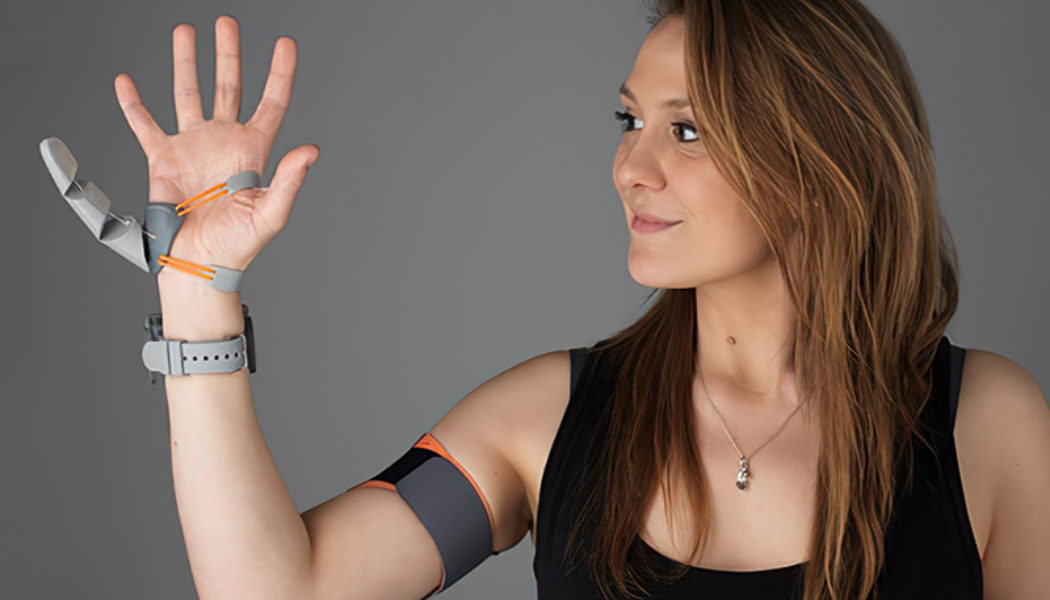/* custom css */
.tdi_4_6a6.td-a-rec-img{ text-align: left; }.tdi_4_6a6.td-a-rec-img img{ margin: 0 auto 0 0; }
Technology advances by leaps and bounds, and sometimes ideas that were only science fiction yesterday become things you can feel, touch and use today.
Now, a team of researchers at University College London have recently published the results of experimenting with a robotic “third thumb” in the journal Science Robotics.
The “Third Thumb” was created by designer Dani Clode, who had a team conduct the first serious investigation of high-tech body augmentation outside of a laboratory.
/* custom css */
.tdi_3_911.td-a-rec-img{ text-align: left; }.tdi_3_911.td-a-rec-img img{ margin: 0 auto 0 0; }
What they found was that the human brain adapts surprisingly well to an extra appendage.

The robotic Third Thumb is 3D-printable and controlled by a pressure pad beneath the sole of the wearer’s foot. The new thumb augment is worn opposite your natural thumb, below the pinky finger as pictured above.
The Experiment
Clode’s design proved ideal for the team of neuroscientists to use in order to learn how the human brain interacts with augmentation devices.
During the experiment, 20 subjects had to learn to use the new thumb across a five-day training period and were urged by the team to continue to practice at home. Another 10 participants also took training, but with an immobile prosthetic.
The training itself focused on how to use the thumb to perform tasks together with the rest of the fingers. Tasks included picking up multiple plastic balls, or wine glasses with one hand using the robo-thumb.
Exciting Developments
Results showed that participants learned to use the thumb “remarkably quickly”.
In a statement quoted by My Modern Met, creator Clode said “Our study shows that people can quickly learn to control an augmentation device and use it for their benefit, without overthinking. We saw that while using the Third Thumb, people changed their natural hand movements, and they also reported that the robotic thumb felt like part of their own body.”
Participants were also subjected to an fMRI test in order to examine the brain’s adaptation to the appendage, though the scans were performed without the robot thumb.
The team found that participants’ brains began to “see” the robot finger as a part of their hands more than part of a hand that never had the appendage attached – meaning, not only, that the brains became used to the robot thumb, but also began thinking of it as a part of the body.
Though the changes in the sensorimotor cortex of the brain were subtle, they were indeed present, the team reported. Interestingly enough, after a week of not using the robo-thumb, the changes in the brain largely disappeared. Meaning that more use needs to be given to augmentations before the brain begins to see that as permanent parts of the body.
The brain’s willing adaptation to the appendage is an important scientific discovery, telling creators and developers of prosthetics and augmentations that the future isn’t as fictional as they may have once believed.
By Luis Monzon
Follow Luis Monzon on Twitter
Follow IT News Africa on Twitter
/* custom css */
.tdi_5_0a6.td-a-rec-img{ text-align: left; }.tdi_5_0a6.td-a-rec-img img{ margin: 0 auto 0 0; }











